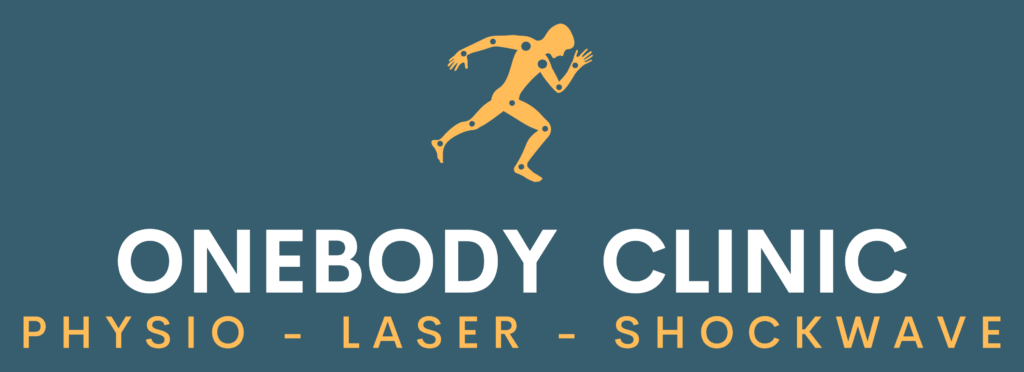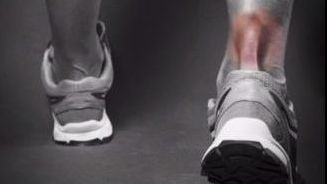We’re often asked in the clinic , ‘should I use Ice or heat for my injury?’. In short there are some benefits to using both as they have short term analgesic effects, but neither will have any long term or deep effect on the injury itself.
ICE
When we have an painful injured area , whether it be through illness , sport or fall, the obvious go to tends to be Ice.
But does it work for helping you to heal and should you use it ?
The temperature of ICE coming from your fridge or kept in a cool box is typically at lowest ‘0’ degrees When we apply it to skin. It raises in temperate almost immediately on contact, and with Cool Pack chemical/gels its even higher. Add the thickness of our skin and subcutaneous (fatty) tissue and our joints and muscles are not getting down to the temperatures needed to effect any deep tissue changes.
When we apply Ice we see the area tends to go white, as blood flow to the upper layers of skin have restricted blood supply. When Ice or cold packs are removed the area will go ‘red’ and start to warm up in seconds, and inflammation kicks in. So Ice is only slowing the inflammation process, not stopping it. However, inflammation is natural and needed for repair, so this is actually a good thing.
Ice does cool the area and most importantly it helps reduce pain, and if we can get out of pain that’s a good thing!
So acute (within 24-48 hours) , it’s good to apply Ice. It can also be done for an older injury if it’s hot or swollen it help with pain. As reduction in pain , eases our anxiety , fear of movement and slows our heart rate.
So what about Heat?
Ok, so if we use the logic above. If it’s ‘hot’ or ‘swollen’ we should use Ice.
Applying heat to areas already hot and swollen will only make you feel worse. Heat comes into its own when we have long term injuries, referred to as ‘Chronic’ (over 6 weeks typically). When joints or muscles are being held in a shortened or lengthened position for a period ( from posture , lack of use, pathology or injury) they tend to become stiff and achy. Warming up the area will bring comfort and ease stiffness, and even increase blood flow to the upper layers of tissue. As with Ice, to get heat deeply into joints or muscles, the heat applied would need to be hot enough to burn the skin. So again, heat into the area tends to be superficial and is more about the sensation of ease than direct effect on structures.
As with Ice, the effect is more psychological than physiological. But that’s still good , as it gives a sense of relief and can help ease pain and stress.
Joint inflammation and joint stiffness are both symptoms of the body trying to protect and heal itself. With muscle or joint damage inflammation is the influx of white cells to help repair damaged areas. These are removed from out blood via the lymphatic system, but the lymphatic system is passive , i.e. it needs muscle movement to start the removal this waste product. One of the hypotheses around why we naturally rub a sore body part, is to stimulate the lymphatic system.
So Ice and Heat are both good, but pain free movement is crucial to recovery. So loss the rest in RICE and get moving as soon as possible.
For more information, education and treatment for acute and chronic injuries contact us at info@onebody.ie
The effects of cold water immersion and active recovery on inflammation and cell stress responses in human skeletal muscle after resistance exercise. J Physiol. 2017 Feb 1;595(3):695-711. doi: 10.1113/JP272881. Epub 2016 Nov 13.
Subjective evaluation of the effectiveness of whole-body cryotherapy in patients with osteoarthritis.Reumatologia. 2016;54(6):291-295. doi: 10.5114/reum.2016.64904. Epub 2016 Dec 30.
Topical cooling (icing) delays recovery from eccentric exercise-induced muscle damage.J Strength Cond Res. 2013 May;27(5):1354-61. doi: 10.1519/JSC.0b013e318267a22c

